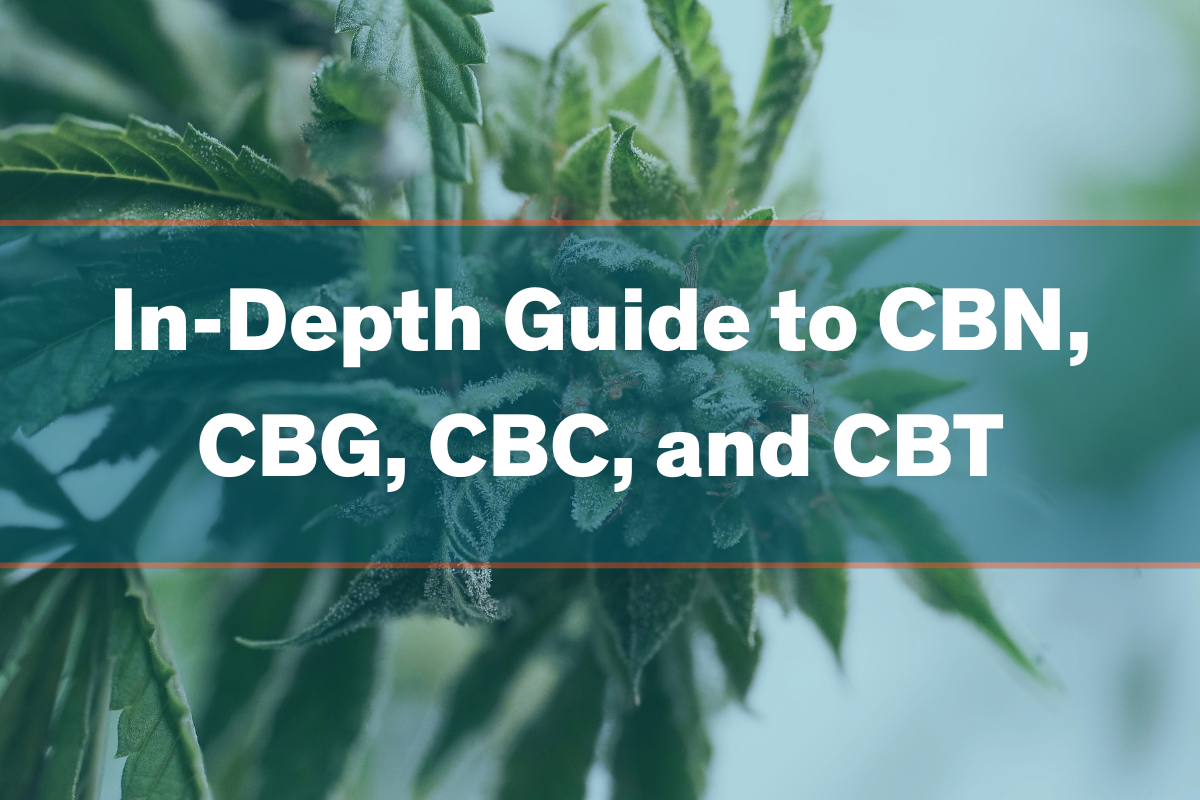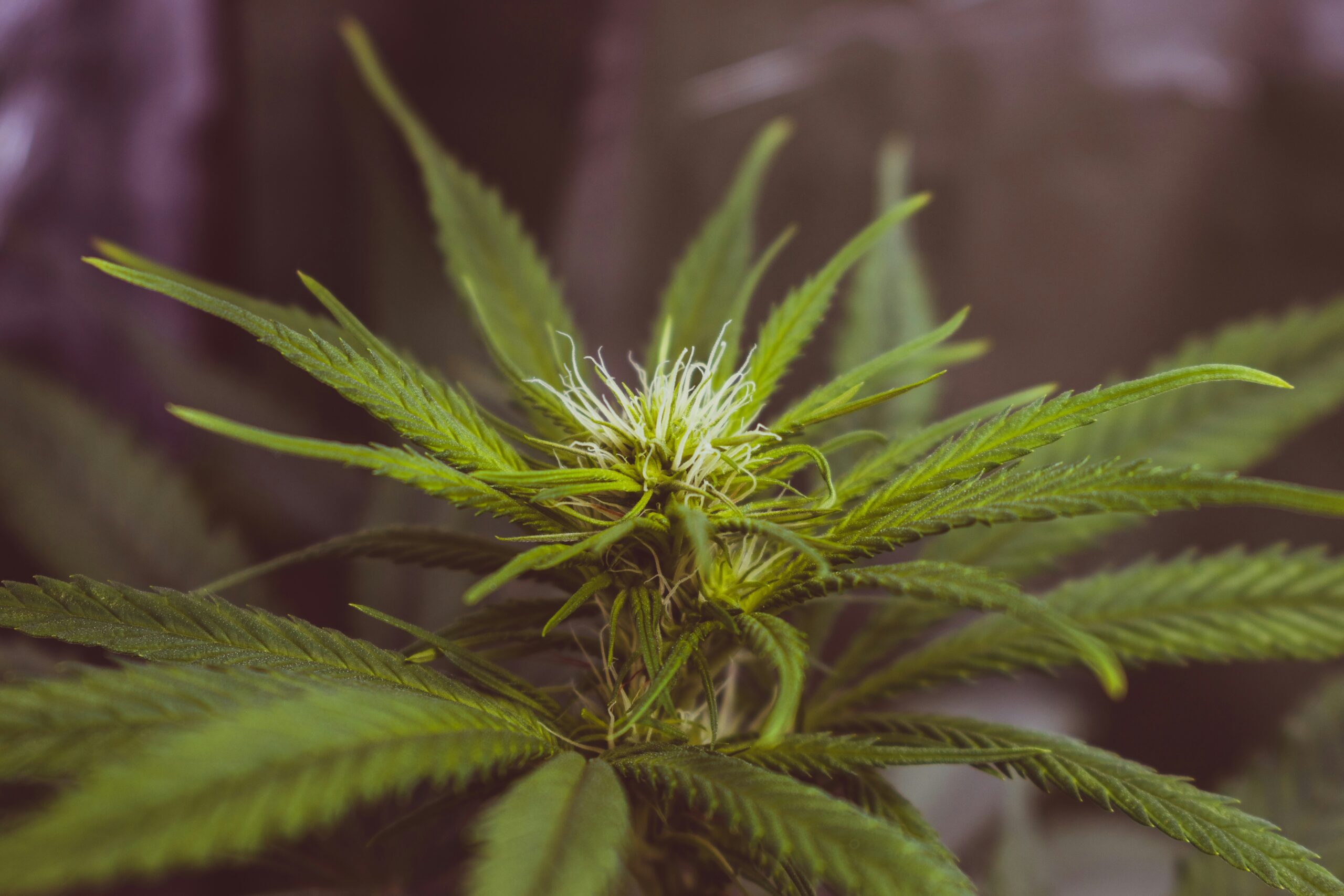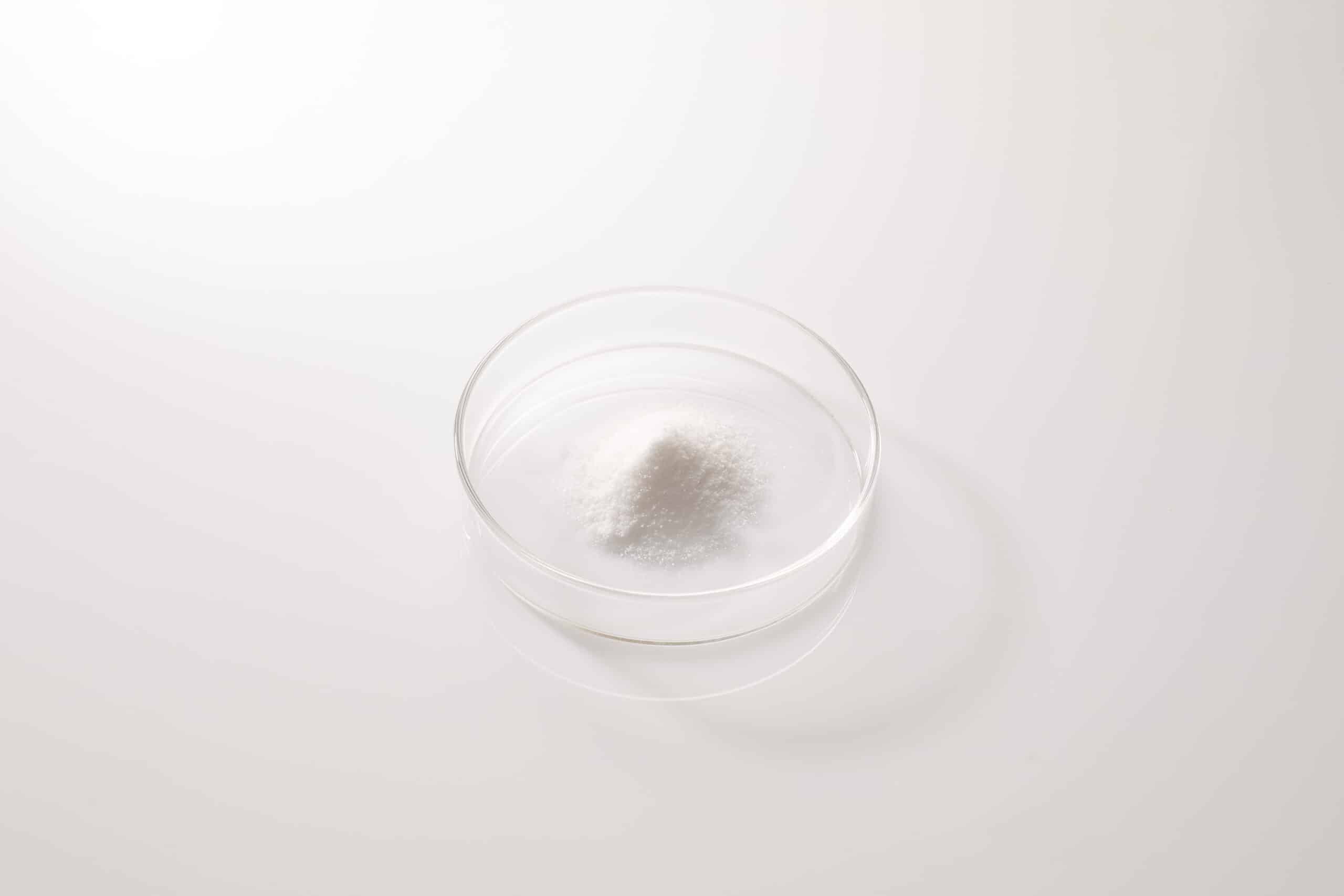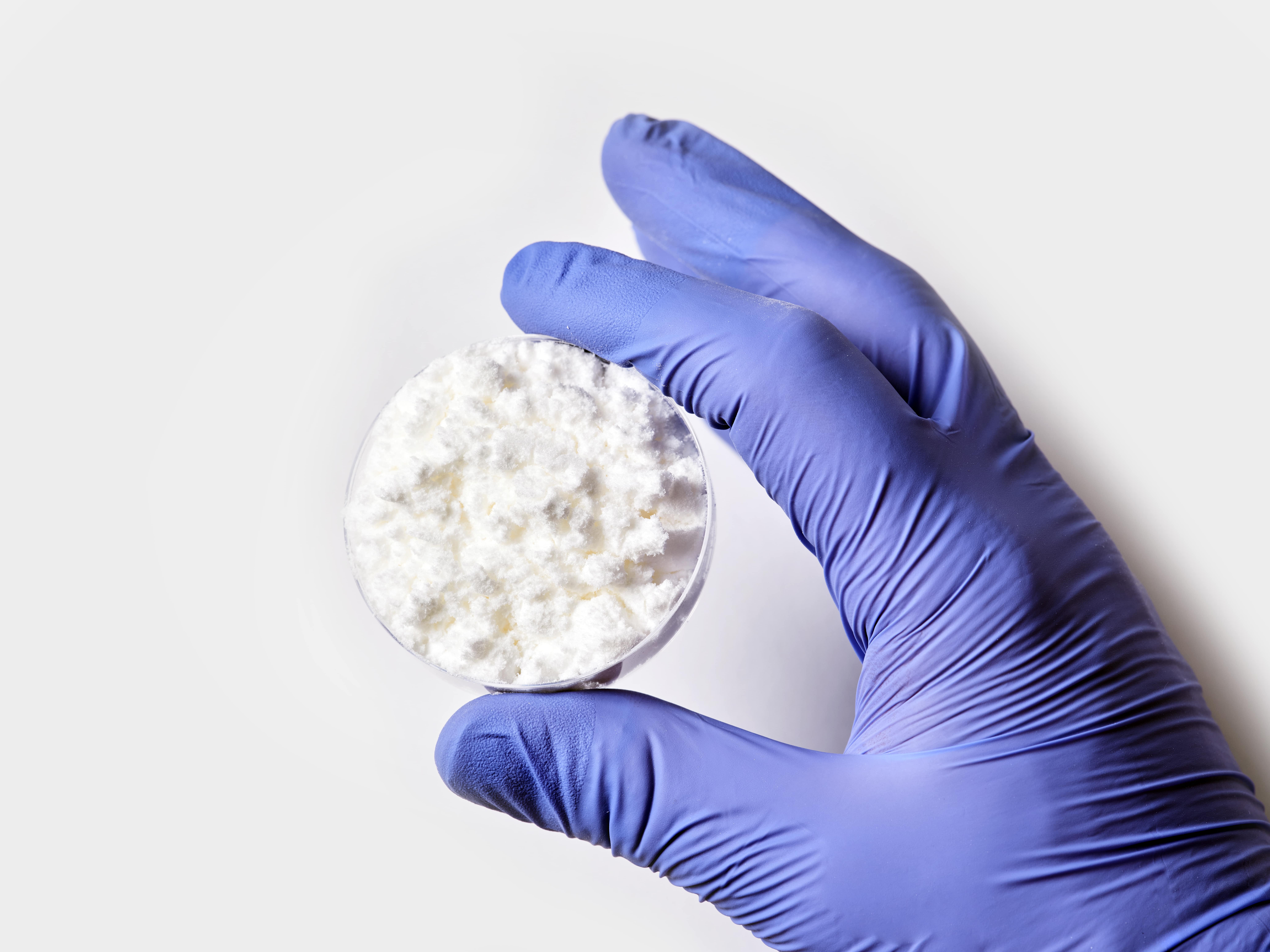Cannabis has been cultivated and revered for thousands of years. Nonetheless, it is only during the last century that science has begun to unveil its true complexity. As recently as the mid-20th century, our misconceptions, regarding the chemical structure of cannabis components, remained considerable. In fact, it’s only in the last few decades that the taxonomy of the hemp plant and its derivatives has become truly comprehensive.
For instance, scientists only recently started looking closely at rare, minor cannabinoids, like cannabimovone (CBM). Only present in rare varieties of hemp and in very small quantities, CBM has been incredibly hard to obtain. This is frustrating because CBM may offer exciting benefits for certain medical conditions.
Now, for the first time ever, CBM products are finally appearing on the market. What does CBM do and why should you use it? Find the answers in this thorough introduction to cannabimovone.
When was CBM discovered?
Cananbimovone was discovered by accident in 2010¹ in a regional Italian hemp variant, called Carmagnola. Later, another Italian research team discovered the “super-cannabinoids” THCP and CBDP² in Carmagnola, fueling further interest in this peculiar hemp strain.
In 2020, a team led by Fabio Arturo Iannotti submitted a study to Molecules³ that would gain international attention for CBM. In this publication, the research team found evidence that CBM may act as a PPARγ(Peroxisome proliferator-activated receptor gamma or PPARG) agonist – a type of therapeutic compound that stimulates PPARγ and is currently used to treat metabolic syndrome. If further research supports this evidence, CBM could prove useful in metabolic regulation and have a massive impact on the worldwide cannabinoid economy.
Is CBM a natural cannabinoid?
Yes, CBM is a natural cannabinoid, found in certain strains of Cannabis sativa. In nature, however, cannabimovone is available in quantities too small to be economically extracted. As a result, this cannabinoid is usually synthetically derived from CBD rather than extracted from hemp.
Where does CBM come from?
CBM occurs in some varieties of hemp, aside from Carmagnola. Most CBM is synthesized from CBD, making it similar to many other cannabinoids, like CBN and CBG. Because it has been synthesized, CBM is usually offered in its isolated form. However, it can be added to broad-spectrum or full-spectrum hemp extracts as well.
What does CBM do?
CBM is a very new cannabinoid, so it’s hard to speculate on all its potential effects. Based on initial evidence, it appears CBM should be investigated in more detail for its possible benefits against diabetes, metabolic disorders, and other conditions caused by faulty metabolic signaling.⁴
Scientists have been investigating the potential benefits of cannabinoids for conditions ameliorated by increased PPAR signaling since at least 2007⁴. Research into this subject has accumulated over the years and will likely accelerate in the wake of recent discoveries, regarding CBM.
How does CBM work?
The regulation of energy metabolism in the human body is heavily influenced by two receptors, located in the nucleus of all our cells: PPARα (PPAR-alpha) and PPARγ (PPAR-gamma). PPARα stimulates genes that increase fat metabolism, modulate insulin secretion, and decrease vascular inflammation. In essence, it helps to prevent diabetes and the development of “fatty liver disease.” PPARγ complements PPARα by regulating the formation and metabolism of fat cells, increasing sensitivity to insulin, and enhancing glucose metabolism. Together, these molecules help to regulate the body’s energy budget.
Poor insulin regulation leads to metabolic disorders, like diabetes and liver steatosis. By activating PPARγ receptors, cannabinoids like⁵ CBM might both promote proper cell growth and hormonal regulation, helping people with diabetes and similar conditions. However, research on the potential benefits of CBM is still ongoing.
What are the benefits of CBM?
As a PPARγ agonist, CBM is ideal since it can be made abundantly and inexpensively from CBD. Its benign pharmacological activity may provide an improved side effect profile compared to other potent PPARγ agonists.
Scientists have known about and targeted the body’s PPAR receptors in attempts to pharmacologically treat diabetes and other metabolic disorders over the years. There are even a few FDA-approved PPARγ agonist drugs on the market. However, consumers have shied away from this drug class due to certain unpleasant side effects (e.g., weight gain and fluid retention).
Cannabinoids are generally known as safe, making CBM a worthy target of research. If proven to be a safer source of PPARγ agonist activity than conventional pharmaceuticals, CBM could become a hotly desired commodity within the nutraceutical sector.
Is CBM legal?
Under the 2018 Farm Bill, cannabinoids other than delta 9 THC are generally considered “industrial hemp.” We are not aware of any efforts on the state or federal level to regulate CBM specifically. So, in the absence of specific legal prohibitions, it is reasonable to assume that CBM has roughly the same legal status as similar hemp-derived cannabinoids.
Can you buy CBM online?
Yes, it is now becoming possible to buy CBM online for the first time. Producers have recently learned how to produce this ultra-rare cannabinoid in scalable, commercial quantities. They are ready to put CBM products on the shelves, just as consumers are discovering the potential benefits of this cannabinoid.
At present, CBM is usually only available online in bulk quantities. A variety of different hemp extract types, containing CBM, may be available. Isolated CBM may also be combined and sold with broad-spectrum or full-spectrum hemp extracts, containing other cannabinoids.
Summary: Should you try CBM?
More and more, cannabis is amazing researchers with its vast list of potential cannabinoid-derived benefits. Each cannabinoid contributes its own unique health-promoting effects that can work together with others to alleviate certain ailments.
Consumers are starting to view CBM as yet another strand in that web of cannabinoid wellness. While CBM is still too new for us to make any firm statements about it, it’s also true that what we know about cannabis already tells us that any future discoveries, regarding CBM, are unlikely to be disappointing.
Already, cannabinoids have revolutionized fields of medicine in ways nobody ever expected. CBM could well be the next chapter in this saga of natural hemp wellness. It’s now time to explore everything this new and promising cannabinoid can do.
CBM FAQs
Learn more about CBM, its benefits, and what it can do in the FAQ section below:
1. Is CBM the same as CBN?
No, despite being known by acronyms with final letters that are right next to each other in the alphabet, CBM and CBN are, in fact, quite different. Cannabinol (CBN) is a natural metabolite of THC, but it isn’t a primary product of the cannabis flower.
CBM, however, is its very own, naturally-produced cannabinoid — it isn’t a metabolite of anything. CBN and CBM also appear to have very different effects, though there’s still a lot we need to learn about both cannabinoids.
2. Is cannabimovone related to cannabicitran (CBT)?
No, cannabimovone and cannabicitran aren’t directly related. However, both substances are considered to be rare, minor cannabinoids. Discovered in the 1970s, CBT has been on the radar of international researchers for much longer than CBM. Even so, we still know just about as little about CBT as we do about CBM, CBE, or any of the other minor cannabinoids that are now becoming available online.
3. Is cannabimovone an HHC metabolite?
No, cannabimovone is not related to HHC or any other cannabinoids in the THC family. Instead, cannabimovone is structurally similar to CBD, although these two cannabinoids are not identical. Like CBD, CBM appears to serve a unique purpose that separates it from other hemp compounds.
4. Does CBM affect your cannabinoid receptors?
No, initial research into CBM does not indicate that this cannabinoid has any significant impact on your conventional CB1 and CB2 cannabinoid receptors. Instead, this cannabinoid appears to primarily target your PPARγ receptors, which are critically important for combating insulin resistance.
5. What kinds of CBM products are there?
Right now, cannabimovone products are usually only available online in bulk quantities. From select producers, you can buy CBM either in bulk ingredient form or preformulated into finished products, like tinctures, capsules, and gummies. The sky’s the limit when it comes to this relatively untapped component of the online hemp market.
6. Can you use CBM with other cannabinoids?
Yes, there appears to be no reason to avoid using CBM in conjunction with other cannabinoids. Generally, cannabinoids are observed to synergize with each other, so using CBM with other cannabinoids may be beneficial. Nonetheless, keep in mind that we still know very little about the overall safety of CBM.
7. Is CBM the same as HHC?
No, cannabimovone is a different cannabinoid entirely from hexahydrocannabinol, also known as HHC. The differences between these two compounds are many:
– HHC is easy to create and already abundant
– CBM is practically unheard of and almost nonexistent
– HHC has potent intoxicating properties
– CBM does not appear to be intoxicating at all
So many cannabinoids have recently become popular that it can be a challenge to tell them apart. Learning the differences between the new cannabinoids that have flooded the market is key to choosing the right ones for your needs.
8. Is cannabimovone synthetic?
No, cannabimovone is not inherently synthetic — it naturally occurs in certain strains of Cannabis sativa—so it’s a natural compound. Since CBM is only available in very small quantities in nature, all of the CBM currently available online has been synthesized from another cannabinoid. Chemically modifying one cannabinoid to produce another isn’t usually dangerous, but it does make the resulting substance, technically, synthetic.
9. Where can I buy CBM?
At present, CBM is only available for research purposes from large pharmaceutical manufacturers. The type of CBM sold by these manufacturers is chemically isolated and not suitable for consumption. Expect the world’s first CBM products to enter the market around the same time that shoppers start becoming aware of the benefits of this obscure cannabinoid.
10. Is CBM safe?
There is no evidence, indicating that CBM poses any particular dangers to the average user. Most cannabinoids, aside from THC, have been determined to have very little if any significant side effects. It’s very unlikely that CBM will break this trend. Be sure to only use CBM products that are designed for human consumption to avoid ingesting laboratory contaminants.
Sources
- 1. Taglialatela-Scafati, O., Pagani, A., Scala, F., de Petrocellis, L., di Marzo, V., Grassi, G., & Appendino, G. (2010). Cannabimovone, a cannabinoid with a rearranged terpenoid skeleton from hemp. European Journal of Organic Chemistry, (11), 2067–2072. Retrieved from https://chemistry-europe.onlinelibrary.wiley.com/doi/10.1002/ejoc.200901464
- 2. Citti, C., Linciano, P., Russo, F., Luongo, L., Iannotta, M., Maione, S., Laganà, A., Capriotti, A. L., Forni, F., Vandelli, M. A., Gigli, G., & Cannazza, G. (2019). A novel phytocannabinoid isolated from Cannabis sativa L. with an in vivo cannabimimetic activity higher than Δ9-tetrahydrocannabinol: Δ9-Tetrahydrocannabiphorol. Scientific Reports, 9(1). Retrieved from https://www.nature.com/articles/s41598-019-56785-1
- 3. Iannotti, F. A., de Maio, F., Panza, E., Appendino, G., Taglialatela-Scafati, O., de Petrocellis, L., Amodeo, P., & Vitale, R. M. (2020). Identification and characterization of Cannabimovone, a cannabinoid from Cannabis sativa, as a novel PPARγ agonist via a combined computational and functional study. Molecules, 25(5), 1119. Retrieved from https://www.mdpi.com/1420-3049/25/5/1119
- 4. Sun, Y., & Bennett, A. (2007). Cannabinoids: A new group of agonists of PPARs. PPAR Research. Retrieved from https://www.hindawi.com/journals/ppar/2007/023513/
- 5. O’Sullivan, S. E. (2016). An update on PPAR activation by cannabinoids. British journal of pharmacology, 173(12), 1899-1910. Retrieved from https://www.ncbi.nlm.nih.gov/pmc/articles/PMC4882496/






